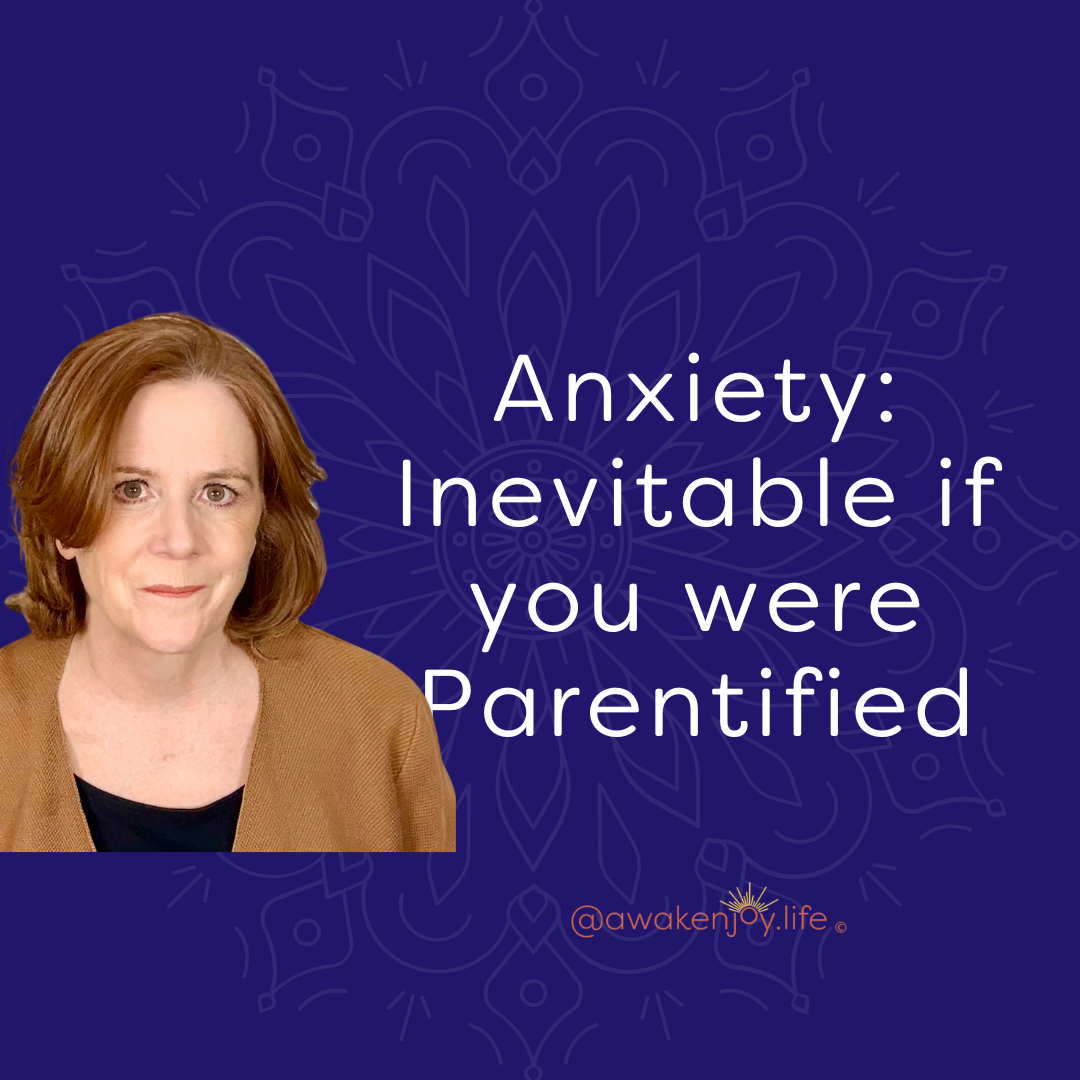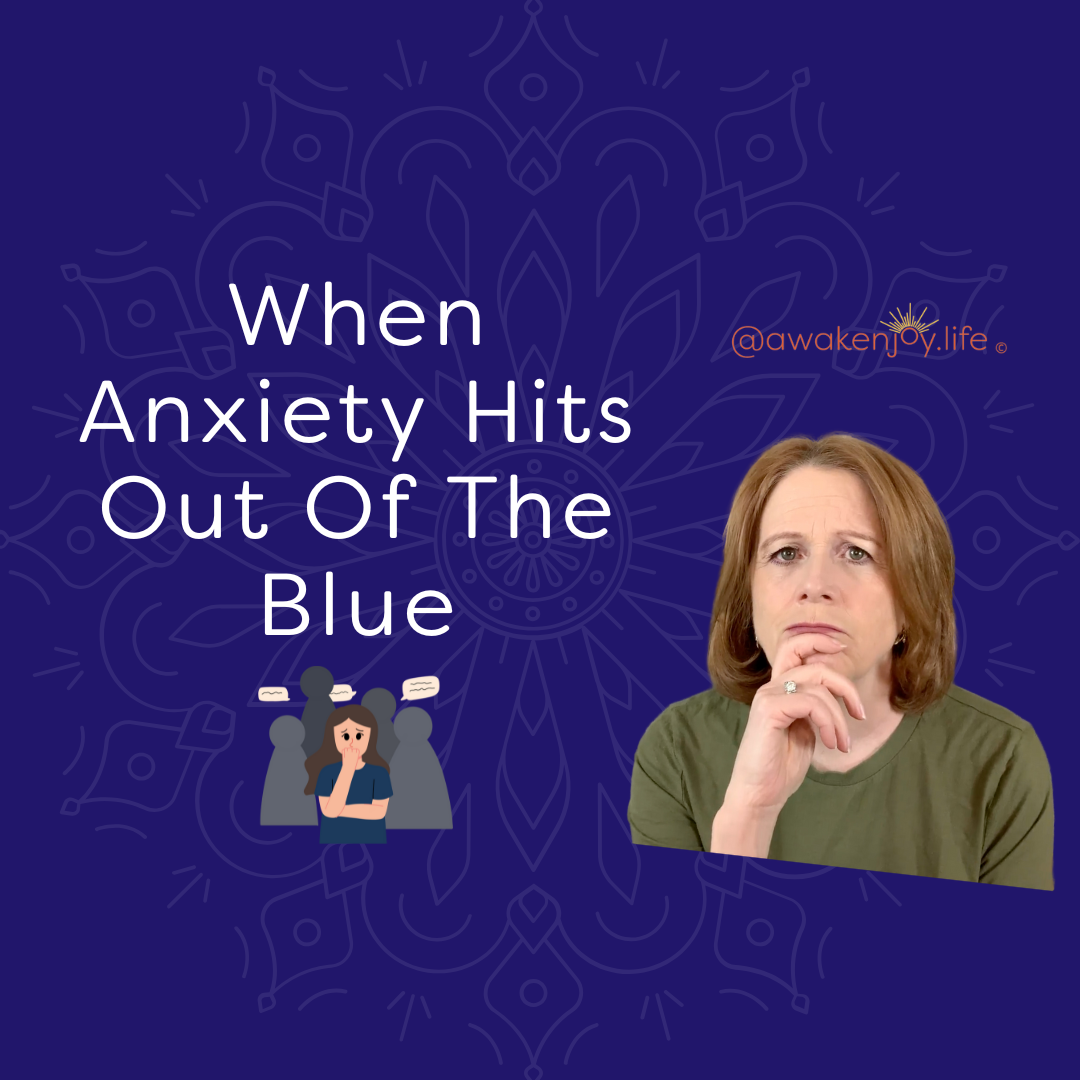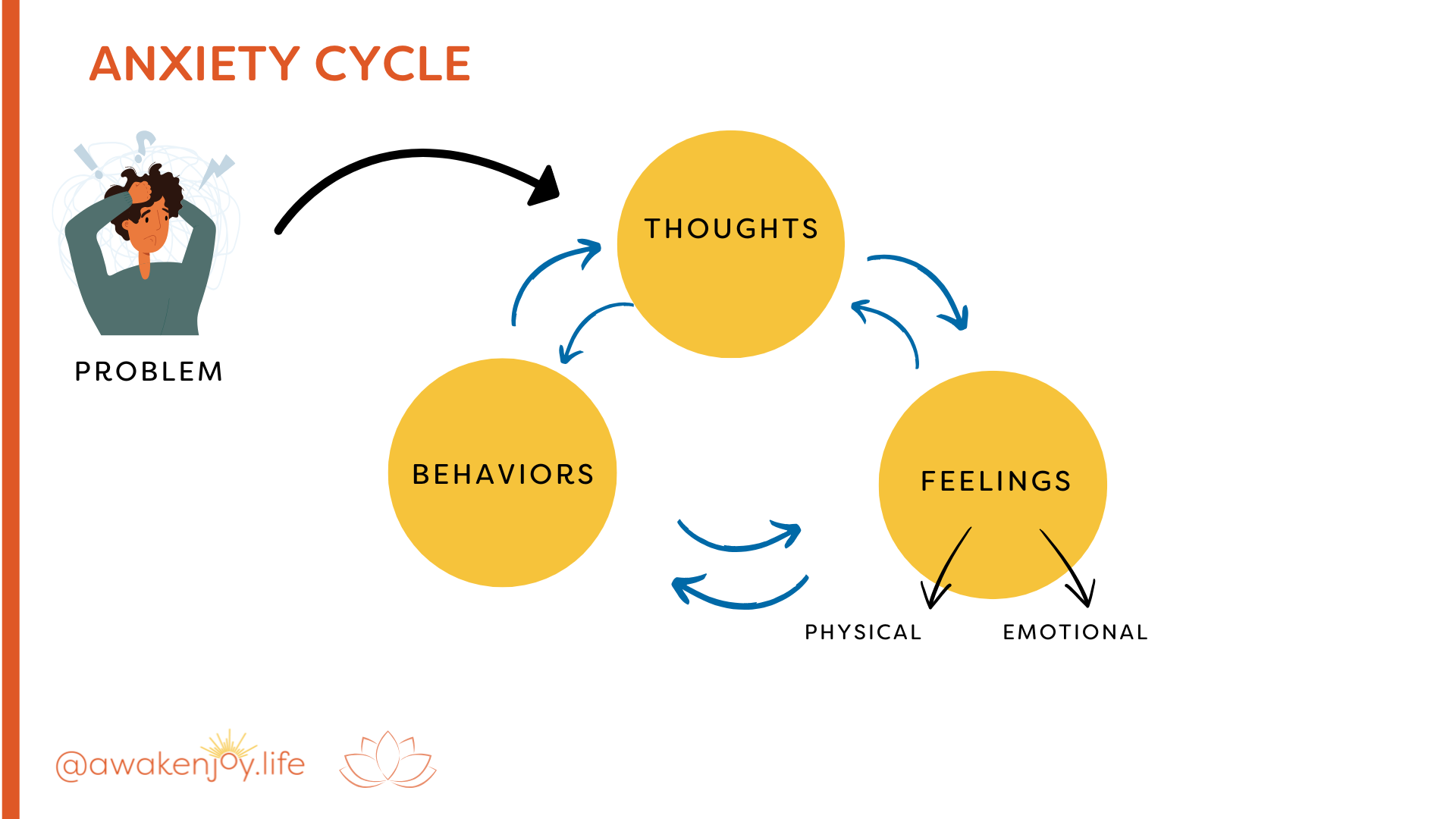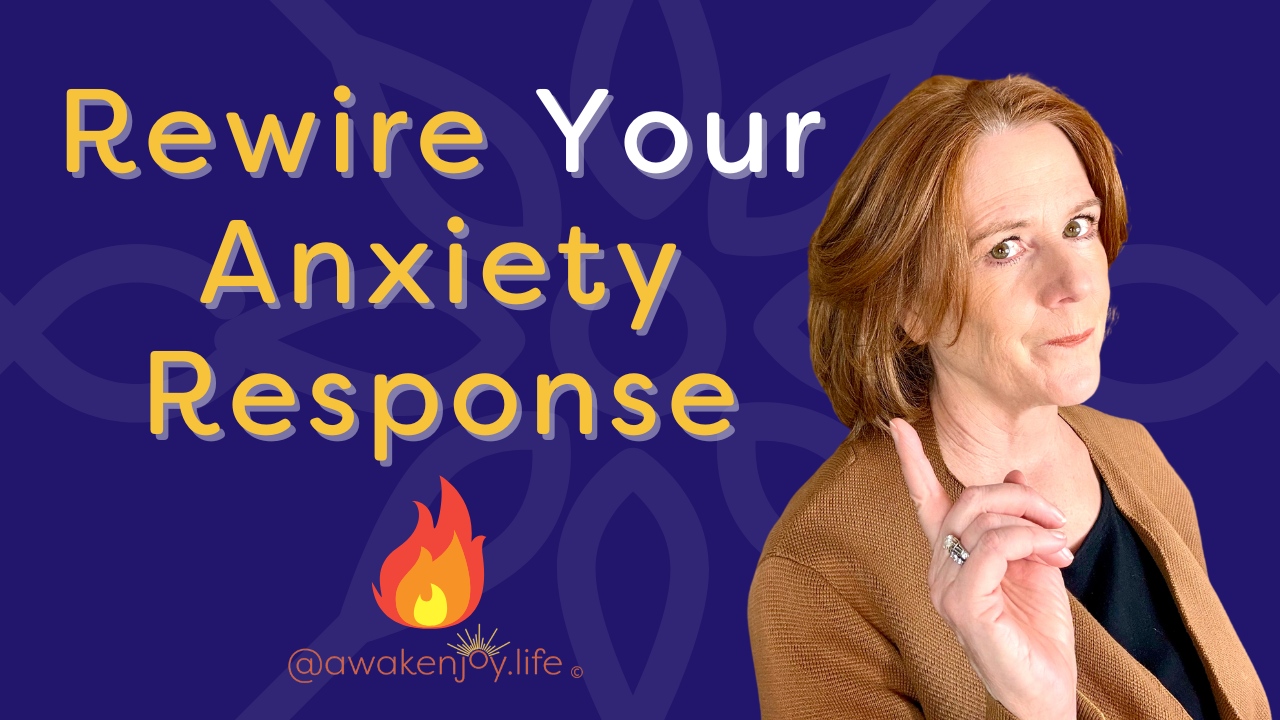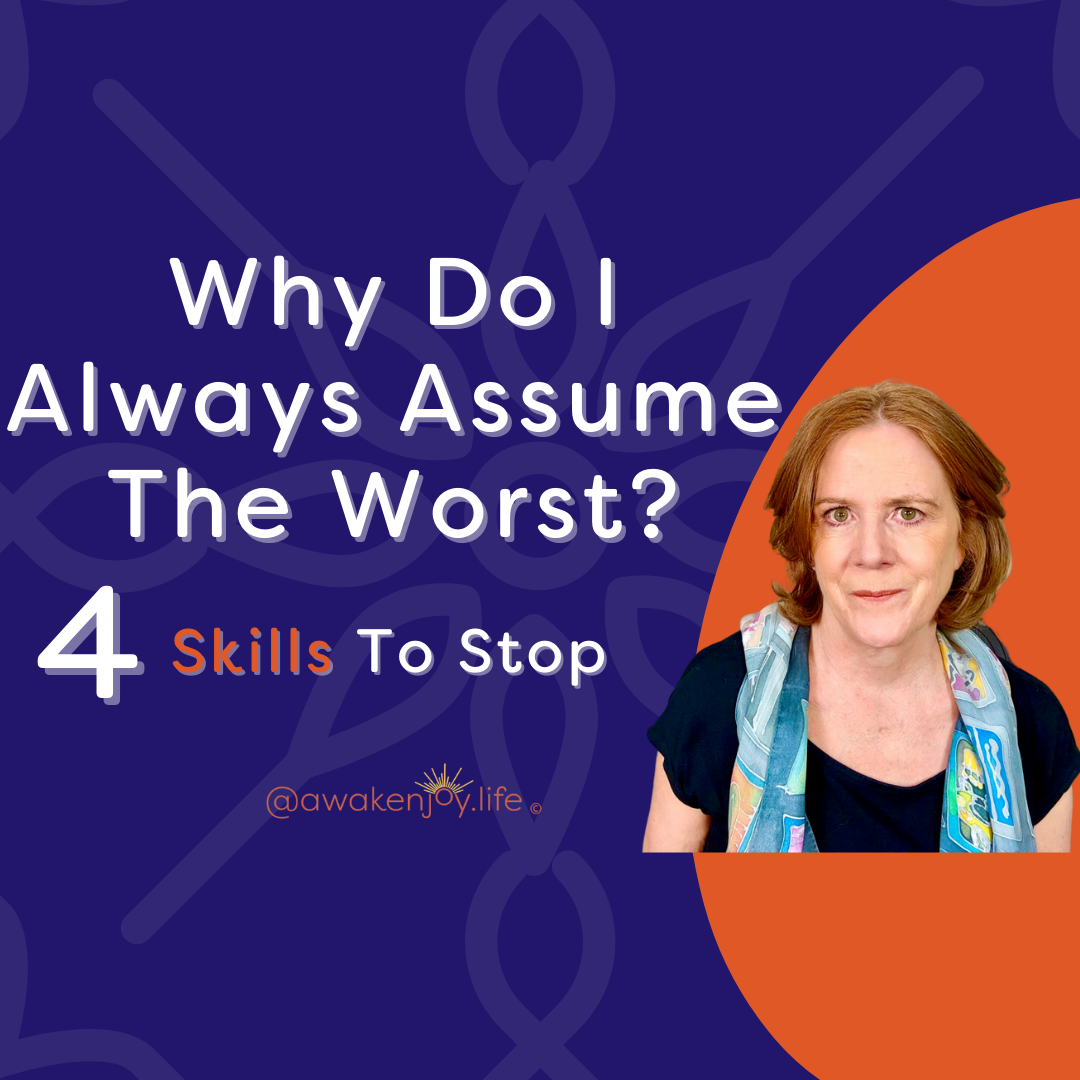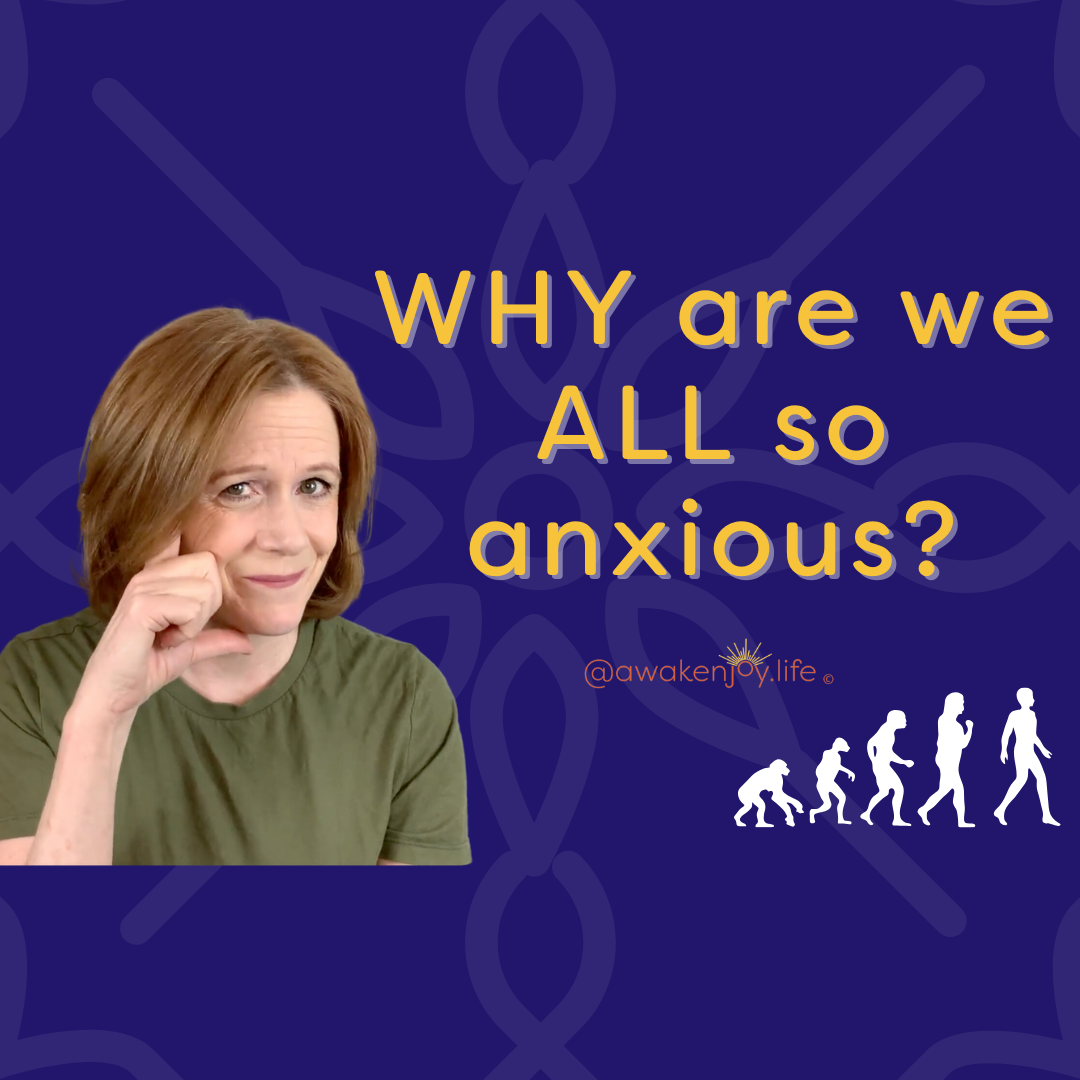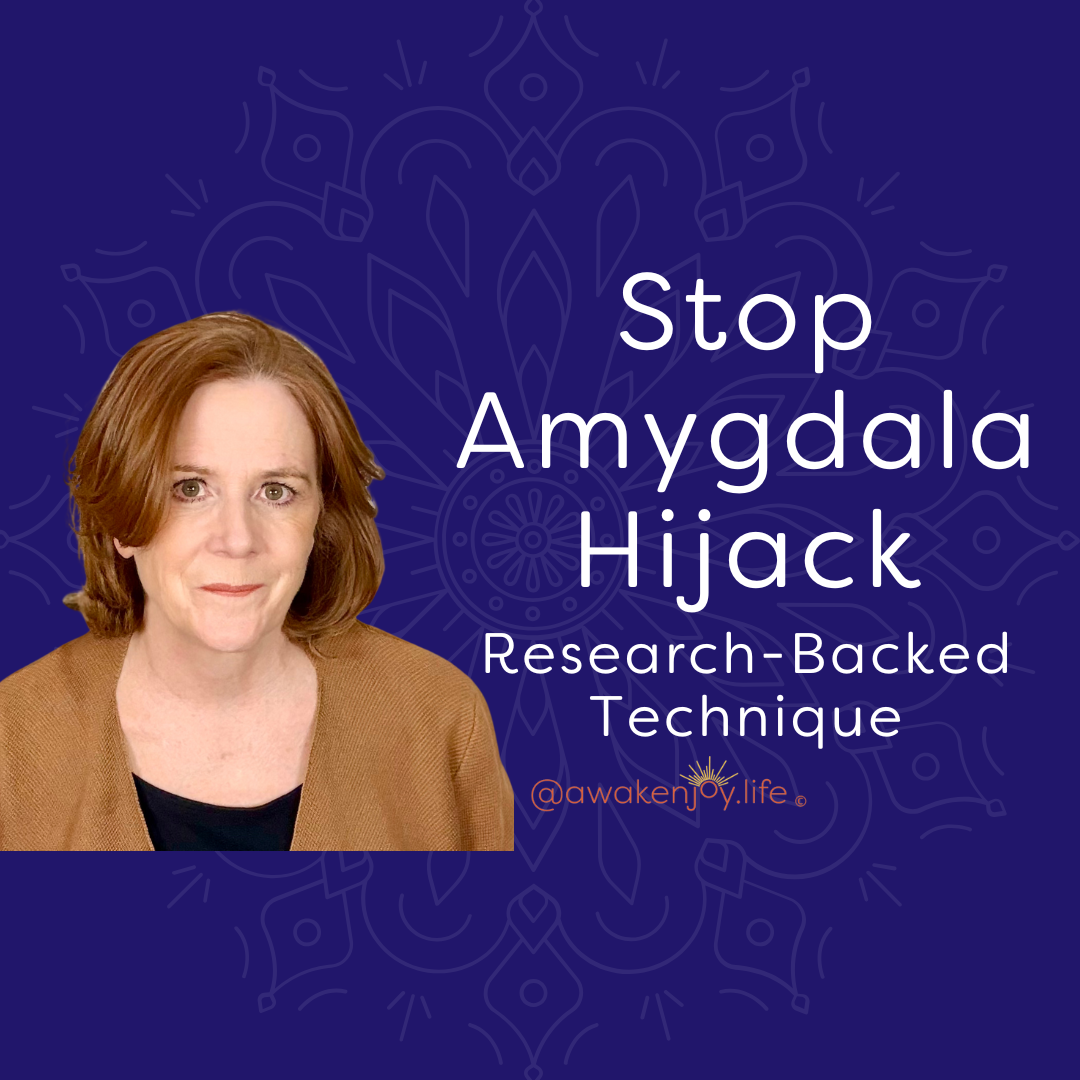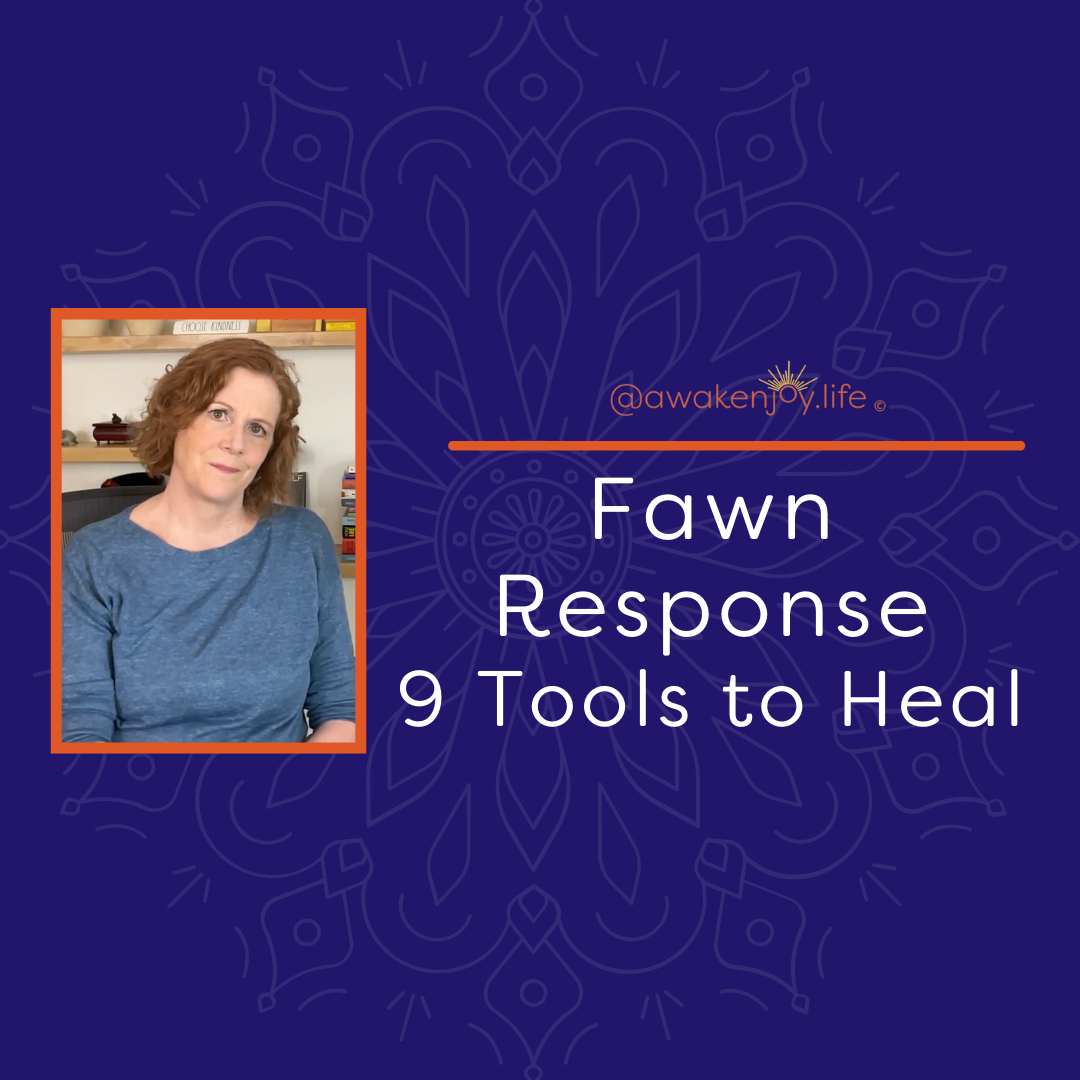Cognitive Defusion: Help for Anxiety

Cognitive FUSION is the main problem underlying ANXIETY.
Cognitive fusion is always a component of anxiety.
Understanding what cognitive fusion is and what cognitive diffusion is can truly help you recover from anxiety.
If you are able to “defuse” from your thoughts, your anxiety will drop dramatically.
This blog will help you understand what cognitive fusion is and what cognitive diffusion is and how they relate to anxiety. And then I'm also going to give you three techniques that you can put into place fairly quickly to help yourself recover from anxiety.
Cognitive fusion is when we are totally engulfed by our thoughts. We believe them. We physically experience them. We have a very hard time separating from them. We aren't able to see “this is me” and “those are my thoughts.”
When diffused from our thoughts, we see ourselves as separate from our thoughts. We know there are different thoughts we could think. We can analyze our thoughts. [I do have a whole
video explaining cognitive diffusion which I will link here].
What happens with anxiety is we begin to think about a problem and we just go into the whole story. We project out into the future all the bad things that could happen. Our mind is racing with the problem and our body is generating fight flight freeze chemicals.
We are NOT in our “planning brain” or in our “solution-focused brain.”
In order to come up with solutions, particularly creative solutions, we need our full brain online. When we go into that anxious mode, it's mainly our amygdala, the fight, flight, freeze response, that is driving everything.
The fusion with anxiety is the reason we believe what our anxiety is telling us.
Your anxiety convinces you that you have to worry.
It is almost as if your anxiety wants to justify its existence.
I was a psychotherapist for 20 years working with people with anxiety and trauma, and one of the things that got in the way of people recovering from anxiety was a belief that “I have to worry about this.”
People would say, “I have this health problem, how do I not worry about it? Of course, I should be worrying about it.”
“I have this problem with my job, this problem with housing, this problem with a relative, etc..."
And yes, these are real problems. Sorting them through and figuring them out is helpful, if there's something you can do about it. For this, you need your planning brain, not your anxiety.
But the anxiety is telling you, “You need me, you need me, you have to do this.”
That is part of the fusion.
So cognitive diffusion as it relates to anxiety is separating from those anxious thoughts. You might still have the anxious thoughts, but you can look at them with more perspective, from a bit of a distance. You can separate the thoughts from your need to respond physically, so you can calm yourself physically while thinking about a difficult problem.
Now, I know this is much easier said than done. It can be very hard to do. But there are tools that can really help, if you do them regularly. You can be more of an observer of your thoughts rather than drowning in them, rather than letting them control you.
If you diffuse from an anxious thought and separate from it, you won't spiral down with it. It won’t lead you from one worry to the next and the next.
Three Exercises to Help Diffuse From Anxiety
Alright, let's talk about some techniques to do this. I'm going to give you three very practical exercises you can do.
The Balloon Technique
I'm going to start with the example of taking care of my four-and-a-half-year-old granddaughter, which I was doing a couple of weeks ago. She had a nightmare in the middle of the night. Her parents were away and she's not used to them being away so it wasn't too much of a surprise that she might have a nightmare. She woke me up in the middle of the night and I went to her room with her. We laid down and I tried different things to help her fall back to sleep: singing a song, telling a story, deep breathing.
But she wanted to talk about whether her dream would come true. She didn't really want to tell me the dream, but her anxiety was, “How do I know a dream won't come true?” So I addressed this directly, saying that dreams don't come true. They're just something our brains make up while we sleep. But that is hard to explain to a four and a half year old.
Eventually I suggested that she imagine a balloon and imagine putting her nightmare into the balloon. I said she could pick the color of the balloon to help her visualize it. And I told her we were going to then let the balloon go and watch it fly away with the nightmare. She picked the color blue.
I had her imagine putting the nightmare and the worries about that nightmare into that balloon and letting it float up to the sky. After that, she did finally fall asleep.
This “balloon technique” is basically the same as watching your thoughts fly away, or float down a river, or drive by in a car. It is “taking the thoughts out of you,” putting them somewhere and letting them go.
This is a tool of cognitive diffusion. It's separating from the thoughts enough to actually visualize whatever you're worried about leaving you. So that's tool number one.
The Goofy Voice Technique
So, after the balloon visualization, my granddaughter slept fine the rest of the night. However, she brought the nightmare up the next day, again with the worry about whether or not it might come true.
After she had asked me this many, many times, and I had tried many different ways to help her stop worrying about it, I finally said, “Tell me the story of your dream in a goofy voice.” She looked at me as if she couldn't even imagine that. So I said, “How about I tell you the story of your dream in a goofy voice?” After she said, “okay,” I made my voice really high and squeaky, and I told her the dream in a very goofy voice. She hesitantly smiled and laughed a little bit.
Then we did it again in a different goofy voice.
And then we did it again in a different goofy voice. And then I said, “Let's change the ending of the dream. Let's tell the story with a different ending.”
So in our goofy voices, we told a story that ended well.
She moved on to other topics (phew!).
The goofy voice technique is also a cognitive diffusion technique, which was developed as part of Acceptance and Commitment Therapy.
It’s been proven that the goofy voice technique can help with separating from thoughts (cognitive diffusion).
I also want to give you a corollary to this technique. When I was working with people as a psychotherapist, I would have them create a character on their shoulder that represented their anxiety. And then when they had anxious thoughts, they could put them in the character that was on their shoulder. [This is explained more in a video I have on
Generalized Anxiety Disorder].
So, as you can see, that's an extra step of diffusion because you are putting the thoughts almost into another being. You could imagine any character to represent your anxiety: the road runner, the Tasmanian devil, etc.
You can begin to see that the anxiety is trying to accomplish something, but it is not doing it in an effective way.
Thoughts for Sale Technique
Alright, so we are going to move on to technique number three, which is a little bit more sophisticated. This third technique, “thoughts for sale”, is also from Acceptance and Commitment Therapy.
The technique is to imagine that you are at a yard sale and different thoughts or different types of thoughts are on the different tables, and you get to pick which one you go with. So you can take your rumination thoughts and put them at one table, and you can take your catastrophizing thoughts and put them at another table. And you could put being mindfully in the moment on a third table. And perhaps there could be a planning table where you can purchase the thoughts that go with planning.
Which thoughts do your choose?
Implementing These Techniques
Now, I know a lot of this is way easier said than done, and these techniques do take time and practice.
It can be very helpful to have somebody outside of yourself who can help guide you through it, a therapist or a coach.
I don't do therapy anymore, but I do have an online program called
Roadmap to Joy and Authentic Confidence. It’s a six month program because it takes time to change how you think. The program is geared to help lower anxiety and negative self-talk, improve your mindfulness and develop healthy boundaries. All of these things help make life more joyful. I put all of that together in a comprehensive six month program with a workbook, prerecorded videos, and emails to remind you to move on to the next section. The
link is here, check it out, you might find it super helpful.
And, finally, let me know which of these three techniques you plan to try!
Blog Author: Barbara Heffernan, LCSW, MBA. Barbara is a licensed psychotherapist and specialist in anxiety, trauma, and healthy boundaries. She had a private practice in Connecticut for twenty years before starting her popular YouTube channel designed to help people around the world live a more joyful life. Barbara has a BA from Yale University, an MBA from Columbia University and an MSW from SCSU. More info on Barbara can be found on her bio page.
Share this with someone who can benefit from this blog!
